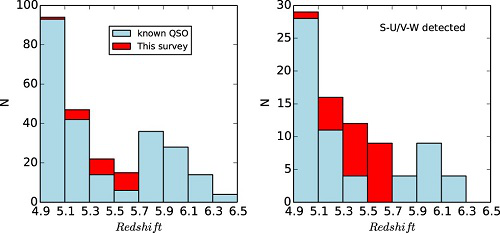Figure 1. HST image of quasar PG 0052+251.
Credit: John Bahcall (Institute for Advanced Study, Princeton), Mike Disney (University of Wales) and NASA/ESA.
Quasars comprise the most luminous class of non-transient objects in the universe, powered by the central supermassive black holes. At higher redshift, with its extremely high luminosity, quasar is one of the most important tools to probe the early Universe. Characterizing their population and evolution is the critical tool to directly constrain the formation and evolution of supermassive black holes across cosmic time. More than 380,000 quasars have been discovered since the first discovery of quasar in 1963. While high redshift quasars are very rare, the fraction of high redshift (z > 4.5) quasars is only 0.2% of all known quasars.
In the redshift distribution of known quasars, there is an obvious redshift gap at 5.3 < z < 5.7. only ~30 known quasars have been found in this redshift gap over a wide magnitude range. most of them are too faint to be used for follow-up studies. quasars at 5.3 < z < 5.7, the post-reionization epoch, are crucial tools to explore the evolution of intergalactic medium, quasar evolution and the early supermassive black hole growth. however, it has been very challenging to select quasars at z ~ 5.5 using conventional color selections, due to their similar optical colors to late-type stars, especially m dwarfs. in previous high redshift quasar surveys, quasars at z ~ 5.5 were mostly rejected together with m dwarfs.

Figure 2. Left: The distribution of all previously known quasars (blue) and newly discovered quasars (red) at redshift z > 4.9 with z band magnitude brighter than 20.5. Right: The distribution of newly discovered quasars compared with all SDSS-ULAS/VHS-WISE detected known quasars.
Prof. Xue-Bing Wu and Prof. Xiaohui Fan’s team is focusing on the study of high redshift quasar. They developed a new selection technique for z ~ 5.5 quasars based on optical, near-IR and mid-IR photometric data from Sloan Digital Sky Survey (SDSS), UKIRT Infrared Deep Sky Surveys - Large Area Survey (ULAS), VISTA Hemisphere Survey (VHS), UKIRT Hemisphere Survey (UHS) and Wide field Infrared Survey Explorer (WISE). Up to date, they have discovered 18 new quasars at 5.3 < ="z" <="5.7" and 7 new lower redshift quasars (z ~ 5), with sdss z band magnitude brighter than 20.5, which forms the first uniformly selected quasar sample at z~5.5. their discovery not only nearly doubles the number of known quasar in this magnitude and redshift range, but also provides a new luminous quasar sample for the study of intergalactic medium and supermassive black hole growth at the post-reionization epoch.
A related paper was published in Astronomical Journal on March 30, 2017, with graduate student Jinyi Yang as the leading author, and was selected as a research highlight on April 12, 2017 from the journals of the American Astronomical Society (aasnova.org).
Published paper: https://doi.org/10.3847/1538-3881/aa6577
Link in AAS Nova: http://aasnova.org/2017/04/12/new-discoveries-fill-the-quasar-gap/
PKU News: http://pkunews.pku.edu.cn/xxfz/2017-04/23/content_297546.htm